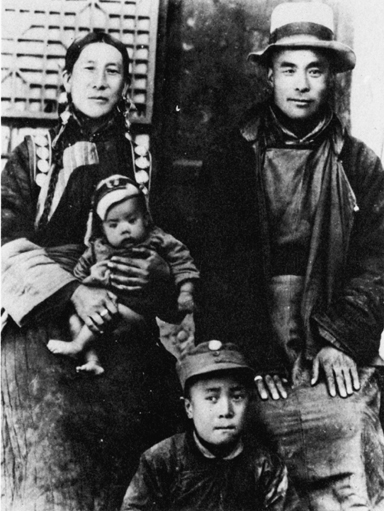
The future Fourteenth Dalai Lama with his parents and elder brother, Gyalo Thondup, shortly after his birth in 1935. (picture credit i1.1)
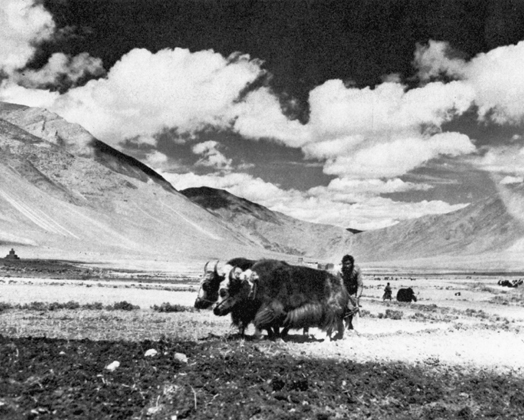
Farmers ploughing barley fields in Central Tibet, 1930. (picture credit i1.2)
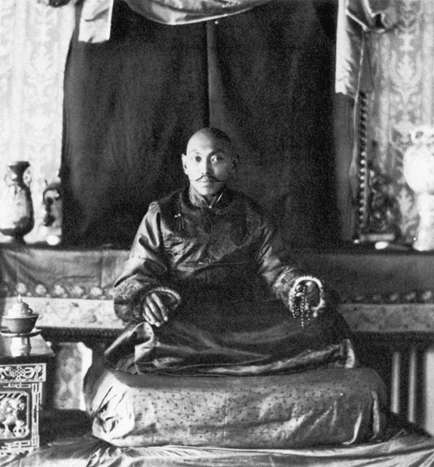
Thubten Gyatso, the Thirteenth Dalai Lama, in Darjeeling, ca. 1910–1912. (picture credit i1.3)

The Chensel Phodrang, the Thirteenth Dalai Lama’s favorite residence in the Norbulingka, or Jewel Park, 1937. (picture credit i1.4)
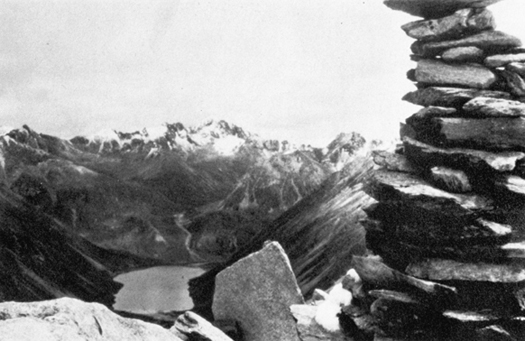
Lhamo Lhatso, the sacred lake in which the vision of the Fourteenth Dalai Lama’s birthplace was seen. (picture credit i1.5)
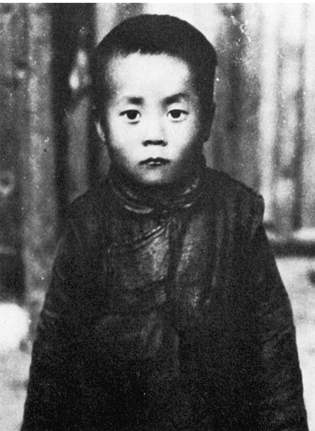
Lhamo Dhondrub, the Fourteenth Dalai Lama, at the time of his discovery by a government search party. (picture credit i1.6)

Tibetan noblemen gathered before the Potala to officiate at the New Year’s celebrations, 1924. (picture credit i1.7)

Tibetan noble ladies from the provinces of U (left and right) and Tsang (center). (picture credit i1.8)
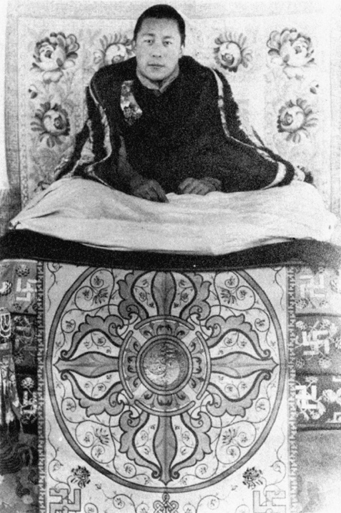
The Dalai Lama on his throne at the time of the Chinese invasion in the autumn of 1950. (picture credit i1.9)
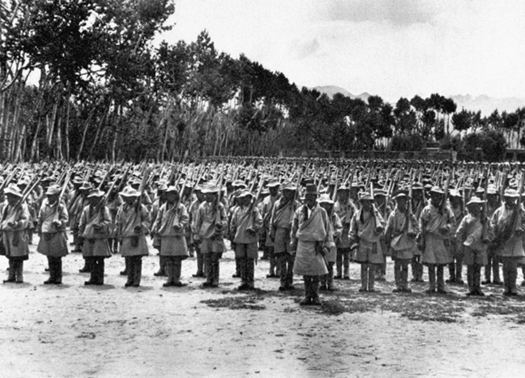
Soldiers of the Tibetan Army on parade in Lhasa later, in 1950, these troops fought the Chinese. (picture credit i1.10)
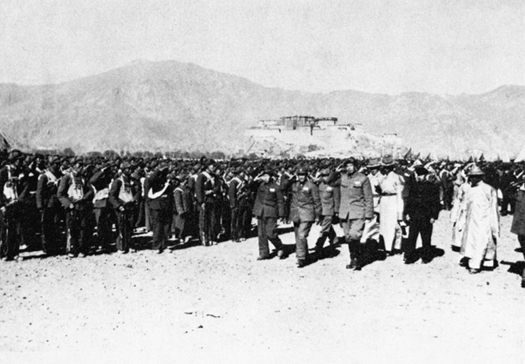
Commanders of the People’s Liberation Army, accompanied by officials of the Tibetan government, inspect troops in front of the Potala. (picture credit i1.11)

The Tibetan delegation signs the Seventeen-Point Agreement in Peking, May 23, 1951. (picture credit i1.12)
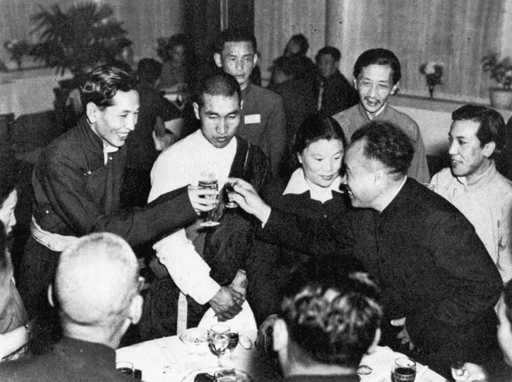
Ngabo Ngawang Jigme (exteme left) toasts the signing of the Seventeen-Point Agreement with Zhu De, Commander-in-Chief of the People’s Liberation Army. (picture credit i1.13)

Mao Zedong hosts a banquet for the Panchen Lama (left) and Dalai Lama (right) on their arrival in Peking, August 1954. (picture credit i1.14)

Prime Minister Nehru with the Dalai Lama and Zhou Enlai in New Delhi, November 1956. (picture credit i1.15)
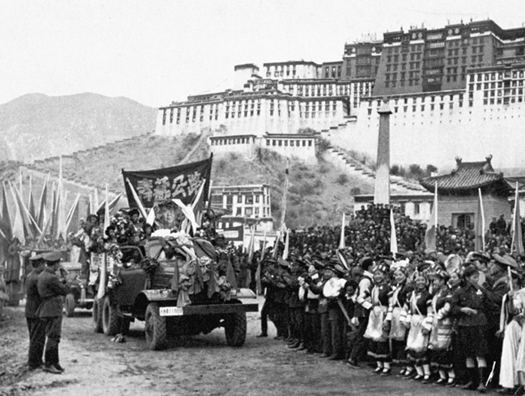
Chinese trucks arrive for the first time in Lhasa on the newly completed Chinghai-Tibet Highway, January 1955. (picture credit i1.16)
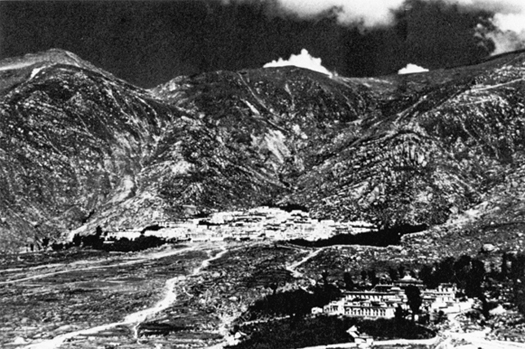
Nechung Monastery, home of Tibet’s State Oracle; Drepung, the world’s largest monastery, in the background, late 1950s. (picture credit i1.17)
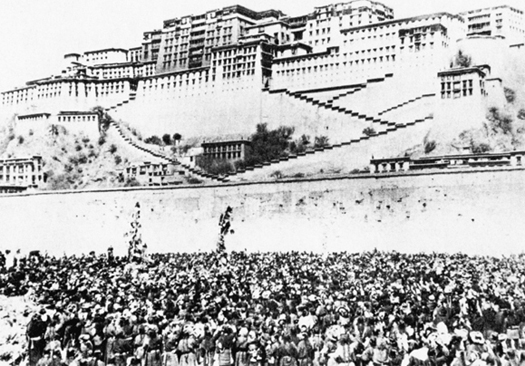
One of the many anti-Chinese demonstrations held in and around Lhasa in March 1959. (picture credit i1.18)

The Dalai Lama delivers his New Year’s sermon to 50,000 monks in front of the Tsuglhakang, Lhasa’s Central Cathedral. (picture credit i1.19)

The Dalai Lama (second from left) and his bodyguard on horseback. (picture credit i1.20)

The Dalai Lama with his younger brother, Ngari Rinpoché (front row, extreme right) and Khampa guerrillas during their escape from Tibet. (picture credit i1.21)
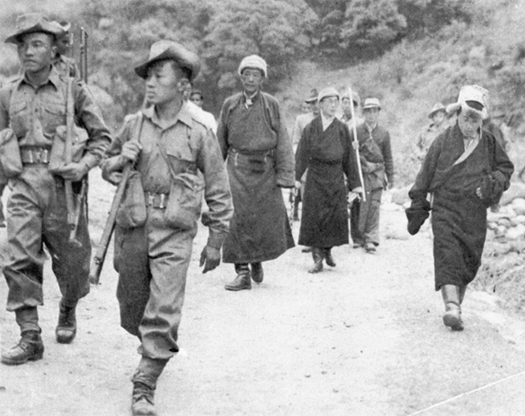
The Dalai Lama escorted by Gurkhas after his arrival in India. (picture credit i1.22)
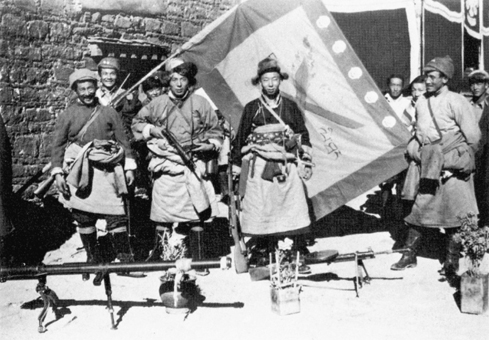
Officers of Chushi Gangdruk, Tibet’s guerrilla resistance. (picture credit i1.23)

One of the first groups of Tibetan refugees to reach India. (picture credit i1.24)

A class of refugee schoolchildren in Mussoorie, early 1960s. (picture credit i1.25)
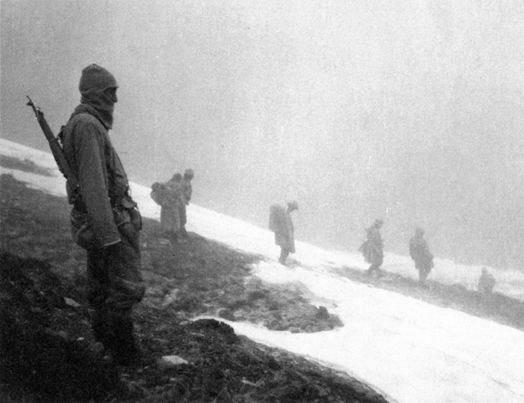
Guerrillas from Mustang on a foray into Tibet. (picture credit i1.26)


Dr. Yeshi Dhonden, personal physician to the Dalai Lama. (picture credit i1.27)
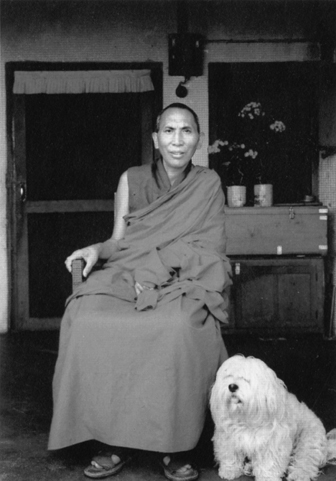
Lobsang Jigme, the Medium of the State Oracle of Tibet, in repose. (picture credit i1.28)

Tibet’s State Oracle in the first public trance conducted in exile, Mundgod, India, March 1983. (picture credit i1.29)


Monks returning from work in their fields, Mundgod, India. (picture credit i1.30)

Monks leaving Drepung Monastery in Mundgod, India, enroute to a religious ceremony. (picture credit i1.31)

Members of the Tibetan Youth Congress practicing maneuvers with wooden rifles. (picture credit i1.32)

Tibetan road workers in northern India. (picture credit i1.33)
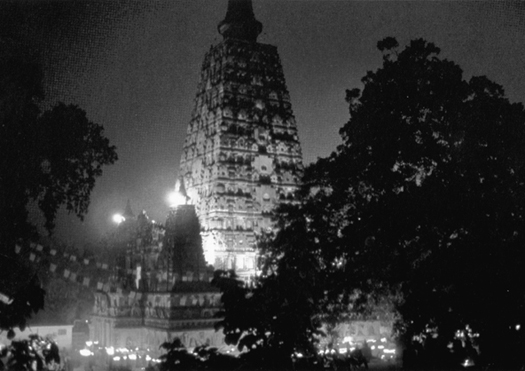
Night view of the Mahabodhi Temple at Bodh Gaya, India, site of the Buddha’s enlightenment. (picture credit i1.34)

Monks of the Gelugpa sect in debate. (picture credit i1.35)
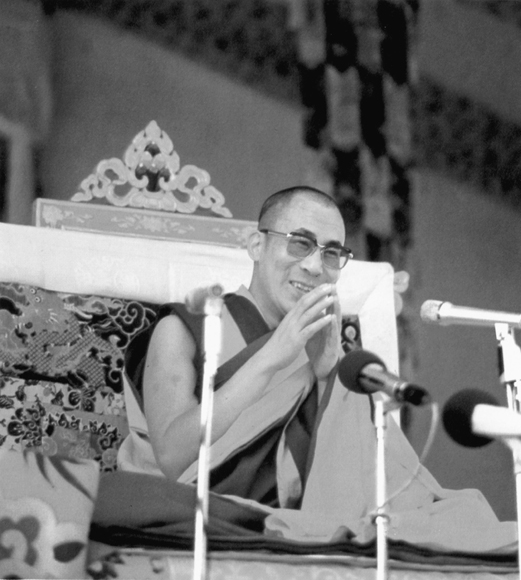
His Holiness the Dalai Lama greeting 100,000 people at a Kalachakra initiation offered in Bodh Gaya, India. (picture credit i1.36)

Dr. Tenzin Choedrak, chief physician to the Dalai Lama. (picture credit i1.37)
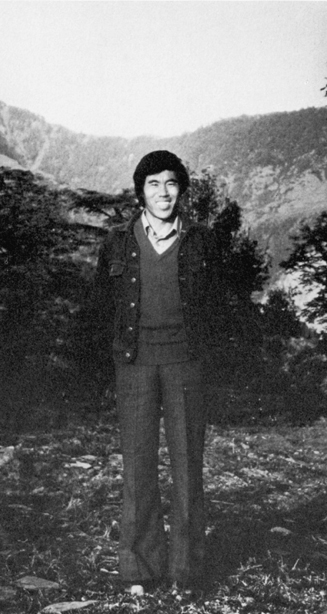
Tempa Tsering in Dharamsala. (picture credit i1.38)

Gendun Thargay in New York (picture credit i1.39)

Ganden Monastery, the third largest monastery in the world, early 1920s. (picture credit i1.40)
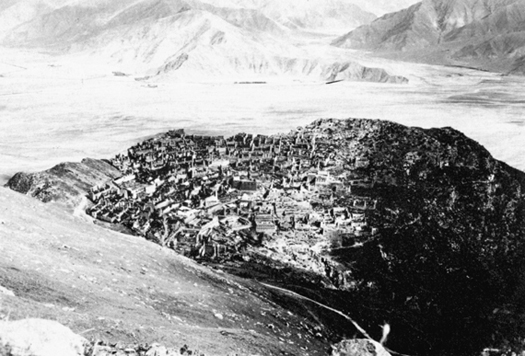
The ruins of Ganden Monastery today. (picture credit i1.41)
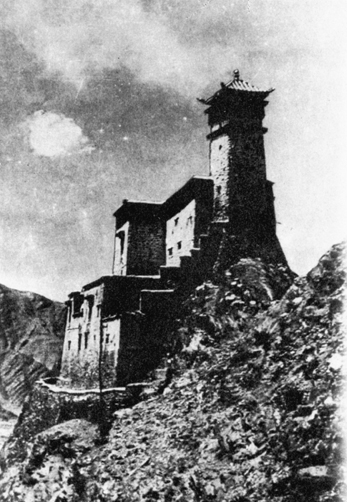
Yambulakhang in the late 1940s; Tibet’s first palace, built in 127 B.C. (picture credit i1.42)
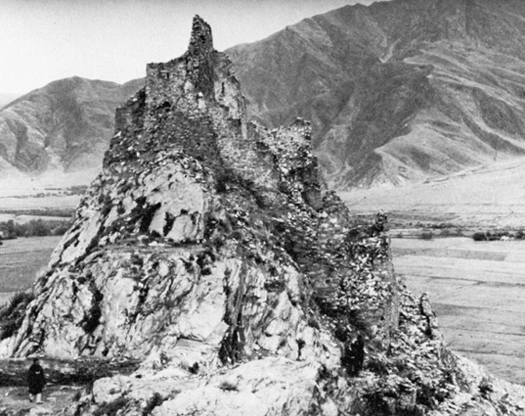
Yambulakhang today. (picture credit i1.43)

A monastery being used as a machine shop. (picture credit i1.44)

Buddhist temple converted to a granary. (picture credit i1.45)
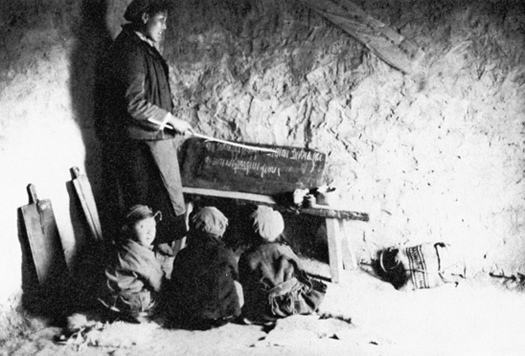
A commune school room in Central Tibet. (picture credit i1.46)
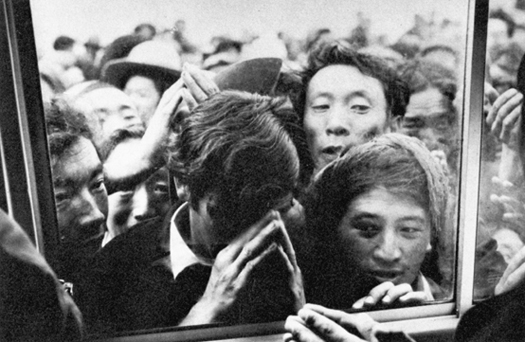
Tibetans surround the bus carrying the first delegation in Lhasa. (picture credit i1.47)

Lhasans storm the Central Cathedral to greet the first delegation sent to Tibet by the Dalai Lama, September 1979. (picture credit i1.48)
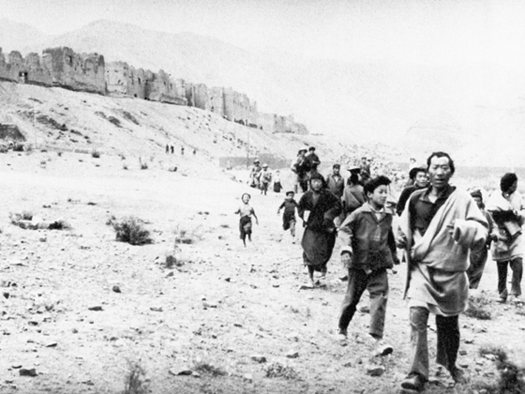
Tibetans run to greet the second delegation below the ruins of Dayab Monastery in Kham. (picture credit i1.49)

A twenty-five-foot-tall pile of destroyed statues, photographed by the second delegation in a palace of the Norbulingka. (picture credit i1.50)

The Panchen Lama with members of the second delegation in Peking, May 1980. (picture credit i1.51)

Lobsang Samten, the Dalai Lama’s brother, blessing crowds at Labrang Tashikhiel, the first delegation’s initial stop in Tibet. (picture credit i1.52)

Crowds seeking blessings from Pema Gyalpo, the Dalai Lama’s sister and leader of the third delegation. (picture credit i1.53)

The ruins of Dungkhar Monastery visited by members of the third delegation. (picture credit i1.54)